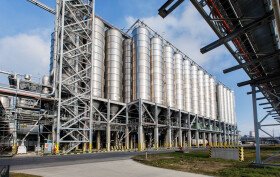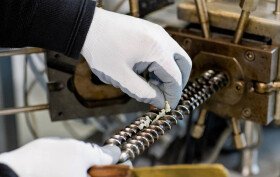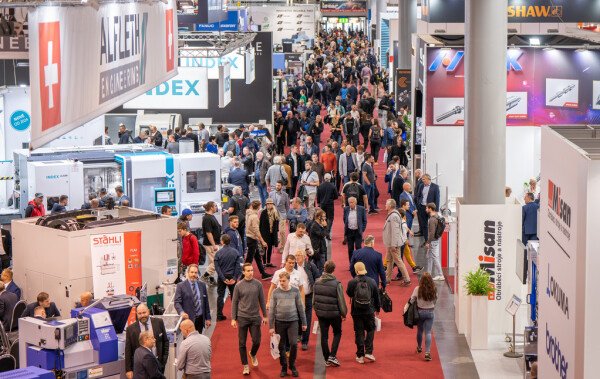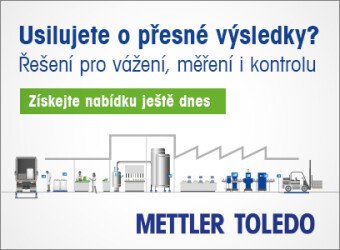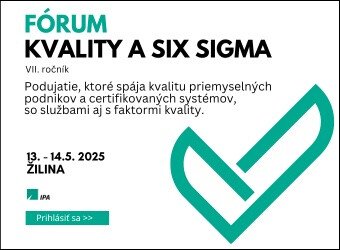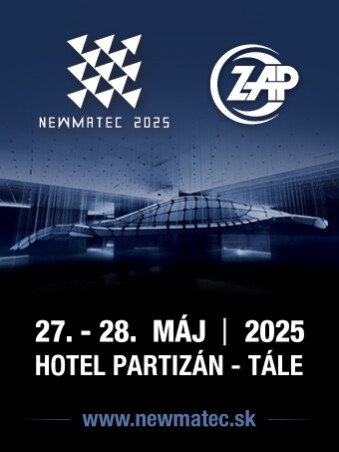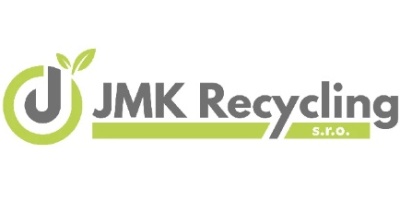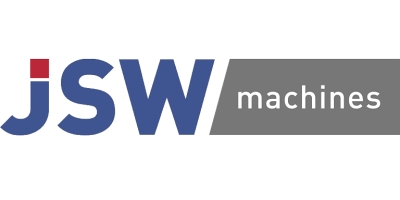BASF again leading in research and innovation
BASF has a workforce of around 10,650 employees working in international and interdisciplinary teams on around 3,000 research projects to find answers to the challenges of the future and secure sustainable profitable growth for the company.
The innovative strength of BASF is demonstrated once more by sales of new products introduced onto the market within the past five years: Last year these amounted to about €8 billion. In 2013 alone, the company launched more than 300 new products on the market. The patent portfolio also reflects the success of the company’s research activities. With 1,300 patents filed last year and about 151,000 registrations and intellectual property rights worldwide, BASF is at the top of the Patent Asset Index for the fifth time in succession.
New research laboratories in North America and Asia
In future, BASF is expecting strong impulses from the regions for its innovation pipeline. By 2020, 50% of its research activities are to be conducted outside Europe. In 2013, BASF came another step closer to this goal and increased the proportion of its research outside Europe to 28% (2012: 27%). To drive the globalization of research further forward, the company has, among other things, established six new laboratories at different locations in Asia and the United States. Moreover, for example in cooperation with highly innovative universities, BASF has founded the “California Research Alliance by BASF” (CARA) in California. Here, the main research focus is on the biosciences and new inorganic materials for the areas energy, electronics and renewable resources. In Asia, the company has, for example, joined forces with top-ranking universities from China, Japan and Korea to found the research initiative ”Network for Advanced Materials Open Research” (NAO). In this joint project, research is underway on materials for a wide range of applications, including products for the automotive, construction and water industries and for the wind energy sector.
BASF collaborates in a global network with more than 600 outstanding universities, research institutes and companies. “Interdisciplinary and international cooperations are a decisive element of BASF's Know-how Verbund,” added Kreimeyer. Offering intelligent solutions for the challenges of the future based on new systems and functional materials requires not only interdisciplinary approaches but also the use of cross-sectional technologies like nanotechnology.
Nanotechnology – helping to develop solutions for the future
Nanotechnology is concerned with the development, manufacture and use of materials that have structures, particles, fibers or platelets smaller than 100 nanometers and so possess novel properties. Many innovations in areas such as automotive technology, energy, electronics or construction and medicine would not be possible without nanotechnology. BASF uses this technology to develop new solutions and improve existing products.
High-performance insulation materials
Nanopores provide the specific material characteristics in one of BASF’s new high-performance insulation material. Slentite™ is the first high-performance insulation panel based on polyurethane, which needs only half the space compared to traditional materials while offering the same insulation performance. Up to 90% of the volume of the organic aerogel consists of air-filled pores which have a diameter of only 50 to 100 nanometers. As a result, the air molecules’ freedom of movement is limited and the transfer of heat is reduced. The high-performance insulation material can be used, for example, in the construction sector for old and new buildings.
 |
Microencapsulation
One BASF research field in which nanotechnology plays a key role focuses on the development of formulations of active components, especially on microencapsulation. Active substances are thereby enclosed with a wax, polymer or oil-based protective shell. This enables the actives to be used more specifically for the application concerned and function more effectively. The important factor here is the controlled release of the actives. Researchers at BASF have succeeded in designing the shell according to the application need, making it only a few nanometers thick or nanostructured. This allows control of the time and speed at which the active substances can be released at the desired target location.
Graphene
A material that could contribute to the key technological progress of Organic Light Emitting Diodes (OLEDs), displays and even batteries and catalysts is graphene. It is closely related to graphite, which is used, for example, in pencil leads. Unlike graphite, graphene consists of only one layer of carbon atoms, making it less than one nanometer thin. This material is a very efficient electricity and heat conductor and is very stable but also elastic and flexible. Because it is so thin, the actually black material appears transparent. An international team of researchers is currently exploring the scientific basis and application potential of innovative carbon-based materials like graphene at the joint research and development platform of BASF and the Max Planck Institute for Polymer Research in Mainz, Germany.
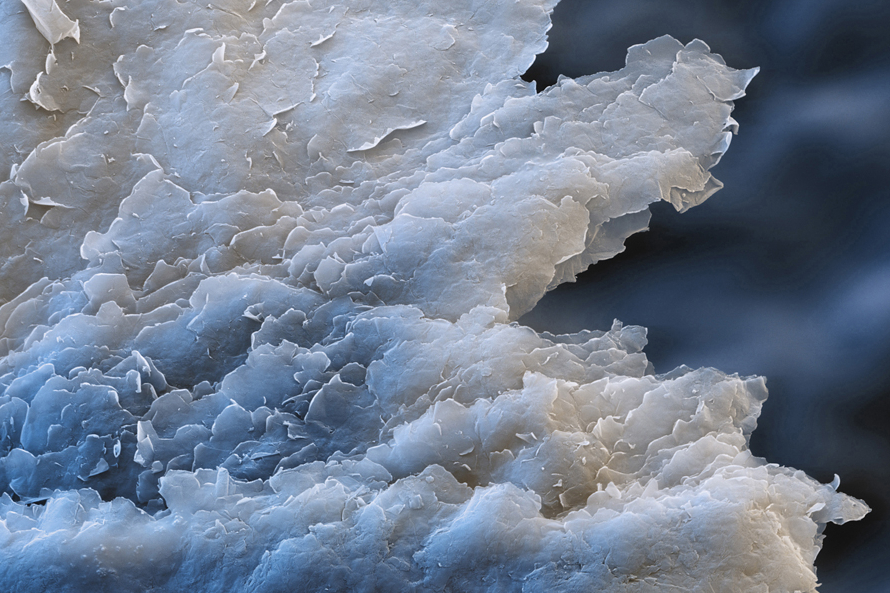 |
Color filters
BASF’s new red color, Irgaphor® Red S 3621 CF, ensures an excellent image quality of liquid crystal displays (LCD). It is used in color filters for notebook, computer and television screens. The smaller the particles are, the more intense the brightness of screens becomes. BASF has succeeded in manufacturing its product with a particle size of less than 40 nanometers. The tiny particles enable considerably less scattering of light in the color filter. Compared to traditional color products, BASF’s new red doubles the contrast ratio of displays. This leads to a sharp, pure-colored, high-contrast and thus brilliant image.
Safely utilizing the potentials of nanotechnology
Accessing new technologies requires an objective assessment of both the opportunities and risks. In addition to the manufacture and development of nanomaterials, another research priority is the risk assessment of nanoparticles. For about ten years, BASF has therefore been pursuing safety research with nanomaterials. During this time the company has conducted more than 150 own toxicology and ecotoxicology studies and participated in approximately 30 different projects with external partners.
Open dialog for a common understanding
Innovation-friendly social and political conditions are decisive in allowing the potentials of nanotechnology to be utilized. “Public discussion is very important for us. We actively seek dialog, also with critical opinion leaders,” said Kreimeyer. For example, BASF has – as the first and so far only company in Germany – established a regularly held dialog forum focusing on nanotechnology. At these events, BASF employees conduct discussions with various representatives of environmental and consumer organizations, labor unions, scientific institutions and churches to improve understanding of current concerns, explain opportunities, answer questions and jointly identify constructive solutions.
MOL discovered a new oil field in Western Hungary
24.3.2025 MOL has discovered a new oil field near Somogysámson in Western Hungary. During the exploration drilling carried out in December last year, oil was found at a depth of 1,250 meters. According to the results, the well located in the Somogysámson...









